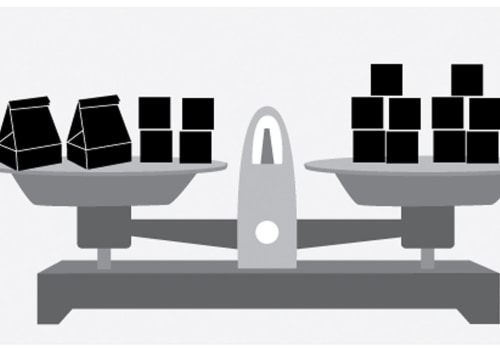Welcome to our guide on understanding slope and intercepts! If you're a parent, you may have found yourself struggling to help your child with algebra problems involving slope and intercepts. Don't worry, you're not alone! These concepts can be confusing for both students and parents alike. That's why we've put together this comprehensive guide to break down the basics of slope and intercepts in a way that's easy to understand. Whether you're new to the world of algebra or just need a refresher, this article is perfect for you.
So let's dive in and explore the world of graphing equations and inequalities, specifically focusing on slope and intercepts. By the end of this article, you'll have a solid understanding of these important concepts and be able to confidently assist your child with their algebra homework. So grab a cup of coffee, get comfortable, and let's get started!Slope and intercepts are two important concepts in algebra that can often be challenging for students and parents to understand. However, having a strong grasp of these concepts is crucial for success in graphing equations and solving algebra problems.
Let's take a closer look at what slope and intercepts are and how they are used in algebra. First, let's define slope and intercepts. Slope is the measure of how steep a line is, while intercepts are points where a line crosses the x or y-axis. These two concepts are essential for graphing equations and solving algebra problems. To better understand slope and intercepts, let's look at an example: 2x + 3y = 12. The slope of this equation is -2/3 (rise over run), and the x-intercept is 6 (when y=0) and the y-intercept is 4 (when x=0). This means that the line crosses the x-axis at (6,0) and the y-axis at (0,4).Now that we have a basic understanding of slope and intercepts, let's dive into some tips and techniques for solving algebra problems involving them.
One helpful tip is to always plot the x and y-intercepts first when graphing equations. This will give you a better visual representation of the problem and make it easier to find the slope. Additionally, knowing how to find the slope between two points on a line can be extremely useful. This can be done by using the slope formula: (y2 - y1)/(x2 - x1). By practicing this formula with various equations and problems, your child can improve their algebra skills and become more confident in solving problems involving slope and intercepts. In conclusion, understanding slope and intercepts is crucial for success in algebra.
By following these tips and techniques, your child can improve their skills and become more confident in solving algebra problems. Additionally, seeking out qualified algebra tutors can also greatly benefit your child's understanding of these concepts. With practice and support, your child can conquer the challenges of algebra and excel in their studies.
Practice Makes Perfect
When it comes to understanding and mastering slope and intercepts in algebra, practice is key. By consistently working through exercises and worksheets, your child can build a strong foundation for solving algebra problems involving slope and intercepts. These exercises and worksheets are designed to cover a variety of scenarios and problem types, allowing your child to develop a well-rounded understanding of slope and intercepts.They will also help your child become more familiar with the various techniques and strategies for solving algebra problems with slope and intercepts. Some of the key topics covered in these exercises and worksheets include:
- Identifying slope and intercepts in equations and graphs
- Finding the slope given two points
- Finding the equation of a line using slope and intercepts
- Solving systems of equations with slope and intercepts
Remember to encourage them to practice regularly and seek out additional resources if needed. If your child is struggling with algebra, don't hesitate to reach out to qualified tutors in your area for extra support.











